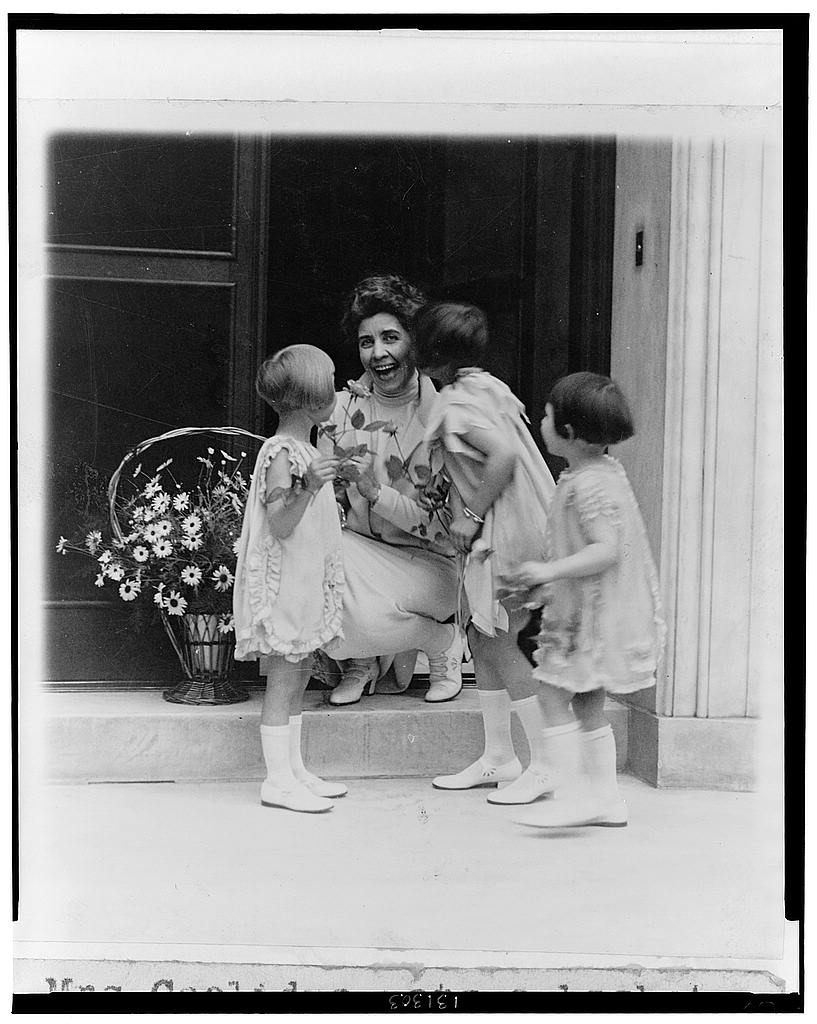
The tradition of leaving a bouquet of flowers at the door of a neighbor, friend or relative was well established by the time the first “May Day Health Day,” sponsored by the American Child Health Association, took place on this day in 1924. As described in the May 1924 issue of the American Journal of Public Health, the inaugural observances were to be celebrated across the country including parades (like the commemoration down Fifth Avenue in New York City which included airplanes dropping flowers on the parade route), school observances of health campaigns, and a promotional effort through radio, motion pictures, and press announcements. There was no mistaking that those interested in advancing public health, especially for children, wanted to spare no resource to promote awareness and encourage the best scientific procedures into every city, town, and locality around the nation. There were no CDC guidelines (for there was no CDC), no social media reminders (broadcasting and film were those platforms), and certainly no mandates from Washington. The declaration of a “May Day” simply encouraged Americans to practice what they already had the freedom to do. The dangers to public health were even more extensive in those days too, as the Influenza epidemic of 1918 remained very much in recent memory. Yet, campaigns advanced appreciation for tradition and innovation. Each local jurisdiction would conduct things in its own way and on its own degree of initiative. While that is instructive so is the reminder that the good intentions which drove the Progressive Era were hardly gone in those Roaring Twenties. There was a war on mortality but its commanders and ground troops did not flow from the nation’s capital, they came from the states. It was there that the drive issued to eradicate diseases that had so long plagued human life. The collaboration with Washington’s government relied on local patriotism and state citizenship not on a pool of “federal treasure” tapped from its subjects. It was a living demonstration that the strength of America was not the strength of federal authority but the strength of the people who made and maintained its villages, towns, cities, counties, and states. The Coolidges understood this well. They saw that Washington had no power which did not first come from the people themselves. It was Americans, not their employees, who delegated it to representatives and institutions of their choosing. It did not flow from a cluster of white marble along the Potomac but from living sources, the sovereign authority of all Americans. Their generation appreciated and revered this fragile distinction. Still, a clarification needs to be made. We are failing to understand the people of a century ago if we continue bolstering the mistaken notion that progress or that arbitrarily drawn line ending the Progressive Era stopped at the Twenties. We threaten the very prospect of progress by failing to comprehend what they achieved through both a respect for preservation and a dream for innovation. The bridge to our current world was not demolished with that decade but built, paved, and made possible by it.
Happy May Day!